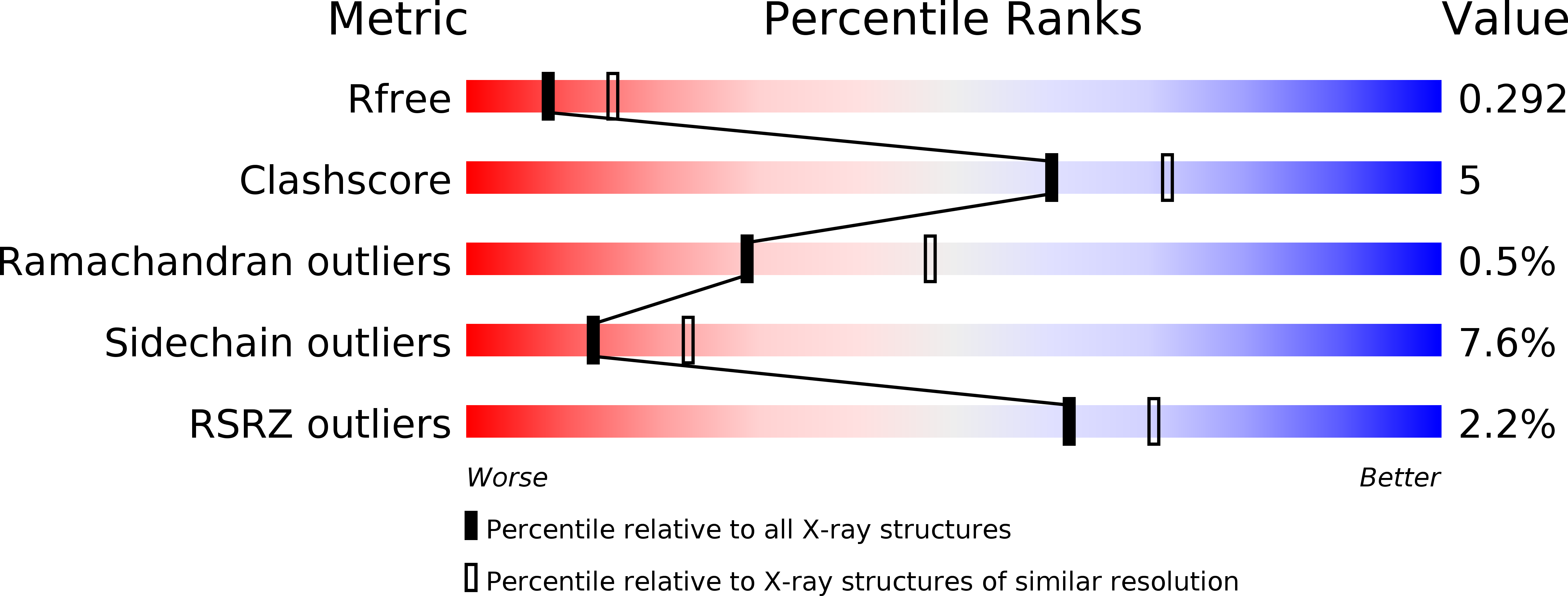
Deposition Date
2017-12-23
Release Date
2018-07-04
Last Version Date
2024-03-27
Method Details:
Experimental Method:
Resolution:
2.75 Å
R-Value Free:
0.29
R-Value Work:
0.22
R-Value Observed:
0.23
Space Group:
P 21 21 21


